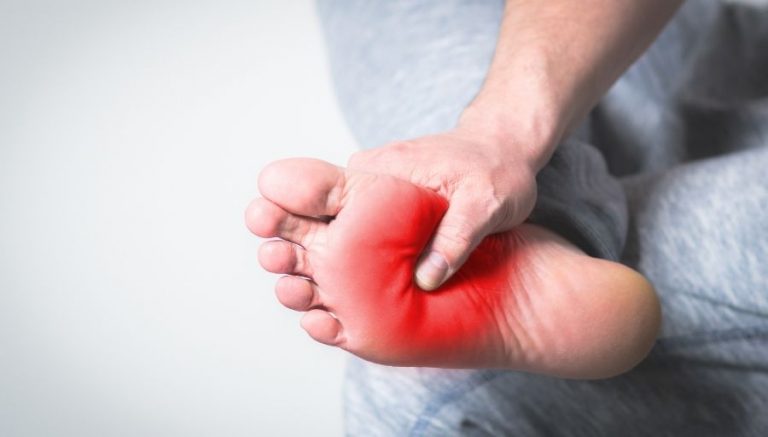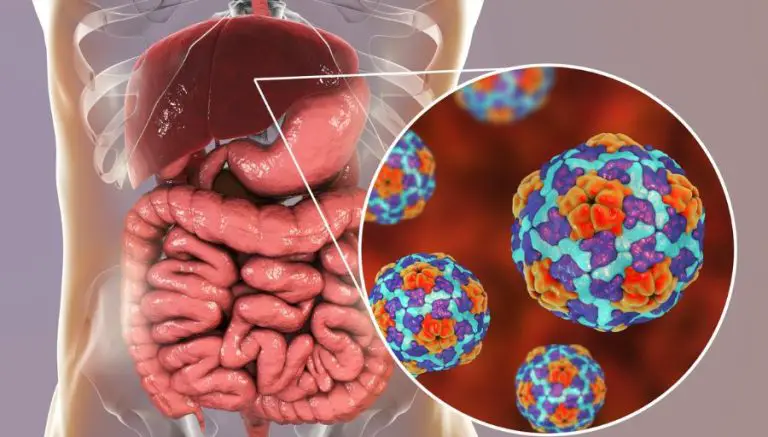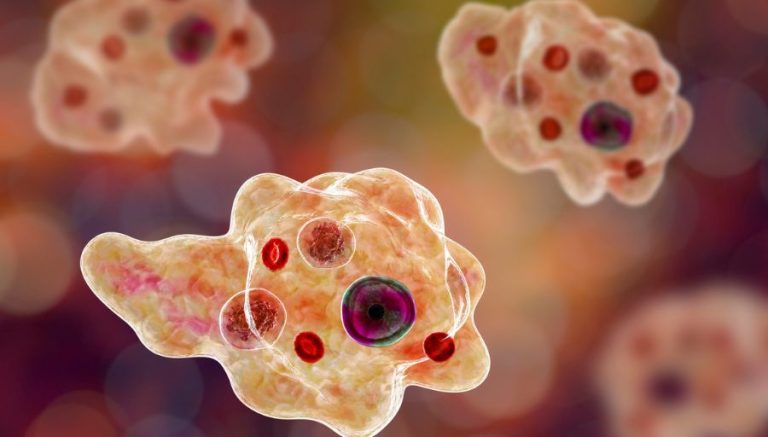Hyponychium (2023) | Overgrowth & Thickening Of Under Nail Skin
Hyponychium is the skin-free edge of the nails. It is located at the distal end of the nail bed, just below the fingertips.
As a barrier against germs and dirt, it prevents external substances from entering the nail. The skin in this region also contains white blood cells that help prevent infections.
Overgrown Hyponychium
Some people don’t like the appearance of their Hyponychium. It can be overgrown and become too thick, making it painful to trim their nails.
This article will discuss the possible causes of overgrown Hyponychium of the skin under the fingernails and their treatment.


Causes
Hyponychium thickening can affect one or multiple fingers, and there are several possible reasons why the skin can grow under a fingernail.
A specialist can determine the cause and will consider any other symptoms and your general nail care habits.
Pterygium Inversum Unguis (PIU): PIU occurs when hyponychium attaches to the underside of the nail where it usually grows. Although rare, PUI is a common cause of skin overgrowth under the fingernail.
It is described as a ‘rare nail abnormality in which the distal nail bed adheres to the ventral surface of the nail plate, with obliteration of the distal groove‘. PIU occurs in diseases such as leprosy, subungual exostosis (bony overgrowth of the fingertips), systemic sclerosis, neurofibromatosis (nerve tissue tumors), and stroke.
Acquired PIU can also form with injuries or trauma, nail contact dermatitis, frequent gel manicures, permanent acrylic nails, nail hardeners, and nail bites.

Psoriasis: Psoriasis is a skin disease in which skin cells grow too fast. It can affect any part of the body, including the nails. Psoriasis can affect many parts of the nail.
Fungal Infections
A fungal infection is a possible cause of overgrown hyponychium or thickening; a common one is known as onychomycosis. It occurs when a fungus on the skin infects the fingernails.
The fungus thickens nails skin tissue. The skin under the nails looks thick and discolored and can cause a separation from the nail bed.
Other symptoms of nail fungal infection include:
- white, yellow, or brownish discoloration
- deformed nail shape
- brittle or coarse nails
- holes or indentations on the nail
- raised nails
- thickened skin around nails
Nail fungal infections must be diagnosed early so the treatment can begin.
A specialist can diagnose a fungal infection by taking a sample from your nail. The fungal culture takes three to four weeks to return and to identify the exact fungal organism.
The Koh test has the advantage that it can be performed faster. Onychomycosis treatment is expensive and long-term. It requires the obligation of the patient to take medication for several months.
The FDA has approved two nail polishes (ciclopirox and efinaconazole) for nail fungal infections, and both are effective. Topical preparations or medications you apply to the nail area do not treat fungal infections.
There are three effective oral antifungals, two of which are FDA-approved for nail fungal infections, and one is not approved.
All three drugs have significant side effects and interact with many medications. While taking these medications, regular laboratory tests should be performed to monitor the function of the liver and blood cells.
When these drugs are inserted into the nails, they continue to work until the drug is discontinued.
Terbinafine (Lamisil): is FDA approved for treating nail fungal infections and is effective 70 to 90 percent when prescribed as a product. It interacts with some other medications, especially caffeine and cimetidine.
The dose is 250 milligrams per day for six weeks for fingernail infections and 12 weeks for toenail infections.
Itraconazole (Sporanox): is FDA approved for treating onychomycosis and is 70 to 80 percent effective.
It works with many medicines and can be taken with food. Daily doses of 200 milligrams per day for six weeks for fingernail infections and 12 weeks for toenail infections.
Fluconazole (Diflucan): is not approved for treating nail fungal infections but is an effective oral antifungal.
Fluconazole can remain in the body for a long time and only needs to be taken weekly. The dose is 450 milligrams once a week for four to nine months. Initial studies have shown it to be 72 to 89 percent effective.









